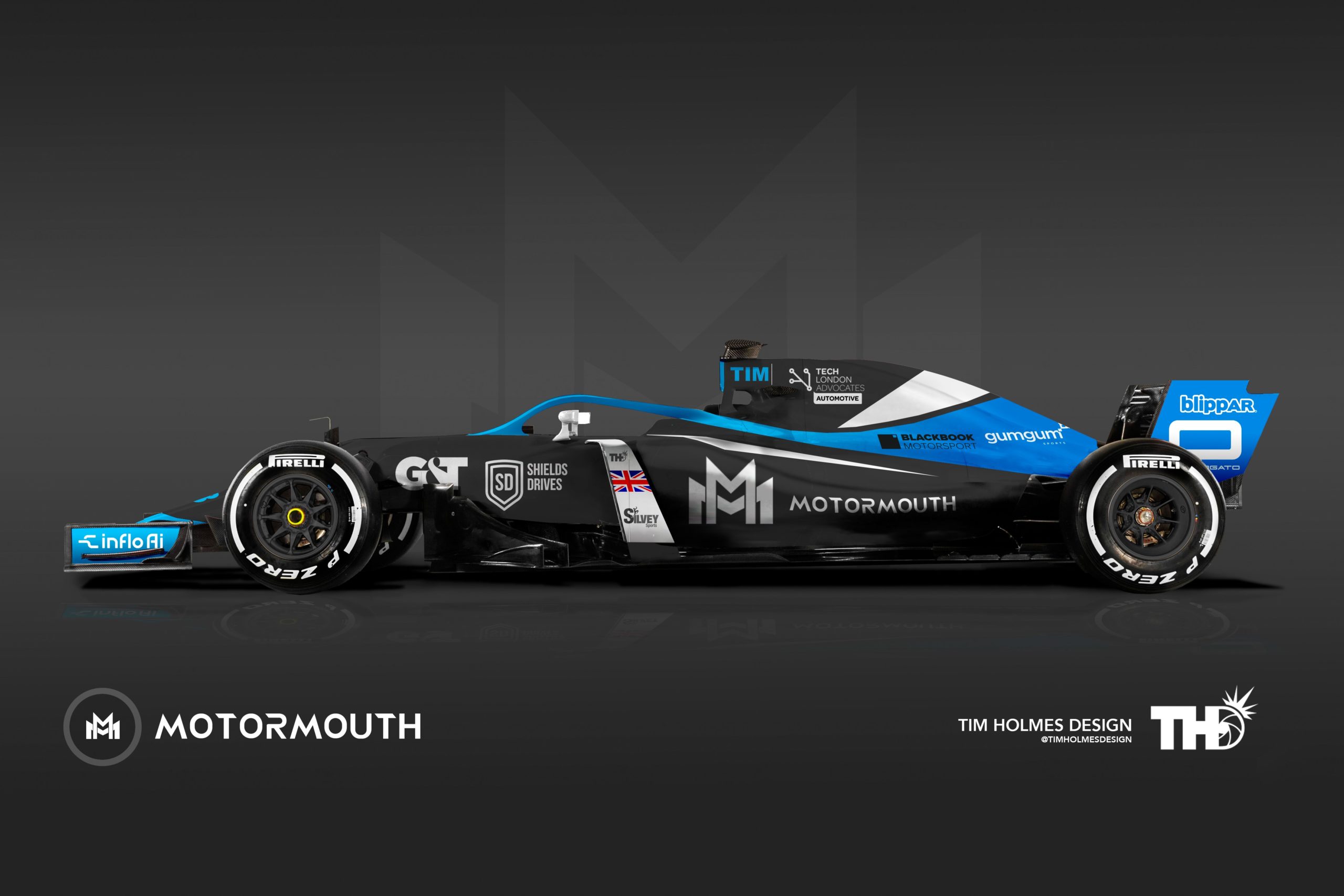by Neal Venter
The 2021 Belgian Grand Prix left the Formula 1 community scarred. Torrential rain hit the circuit and caused endless delays and red flags. In the end, race control sent the pack out behind the safety car to complete the bare minimum of one racing lap in order for it to be considered an “official classification”.
Fans were left out in the rain for hours just to watch three minutes of on-track “action”. No refunds were given, and it was just one of those disappointing days for Formula 1. Despite the drivers staying behind the safety car to complete one lap, half points were awarded and a podium ceremony still took place.
Ever since Formula 1 has been haunted by this event. It seems as though race control is constantly in two minds as they decide whether or not to start the race in the rain. There have been several occasions where the start of the race has been delayed, and drivers have had to wait for the weather to improve before going racing.
The Problem With Racing in the Rain
The main challenge that Formula 1 cars face is that the open wheel nature of the cars causes massive amounts of spray to be thrown up into the air behind the car. In the wake of the “rooster tail”, it’s impossible for the following driver to see where they are going.
Drivers have often compared racing in the rain to driving blind, with Jenson Button once stating that he couldn’t even see as far as his steering wheel when following another car.
One solution is to use the intermediate tires as it disperses less water from underneath the tire, which means the rooster tail is not only smaller but also less dense. However, this also means that in heavy rain the cars will be aquaplaning, at which point it becomes a lottery rather than a race. Extreme wet tires are necessary, but they are rarely used because of the poor visibility that they often cause in Formula 1.
The Possible Solution
Formula 1 is now looking into rear wheel covers that will only be used during wet races. These wheel covers will go over the top and the back of the rear tires and look similar to the new winglets that go over the front tires of the car.
The aim of these wheel covers is to prevent the tires from kicking up spray into the car behind them. The hope is that it would drastically improve visibility during wet races and allow the drivers to use the extreme wet tires more often — leading to more wet races in the future without the need for red flags and delayed starts.
Potential Air Flow Impact
Formula 1 cars are carefully designed to direct the airflow around the car in a specific way. In 2022, the rules were altered to allow for the airflow to be kicked upwards and over the car behind. This is mainly due to the beam wing which is used to direct the dirty air in an upward trajectory away from the car behind.
The wheel covers may produce more dirty air when they are attached to the cars, especially because of their positioning over the rear wheels which will cause more drag. This will increase the dirty air in the wake of the car, ultimately reducing the effects of the 2022 aerodynamic rule changes.
The wings are set to be tested in later 2023, with their full introduction currently on course for 2024. It remains to be seen whether they will be entirely effective when it comes to reducing the spray in the wake of the car and whether they will cause a severe amount of dirty air for the cars behind.
Instagram | Twitter – @NealVenter
Follow MotorMouth on social media: MotorMouth
MotorMouth












